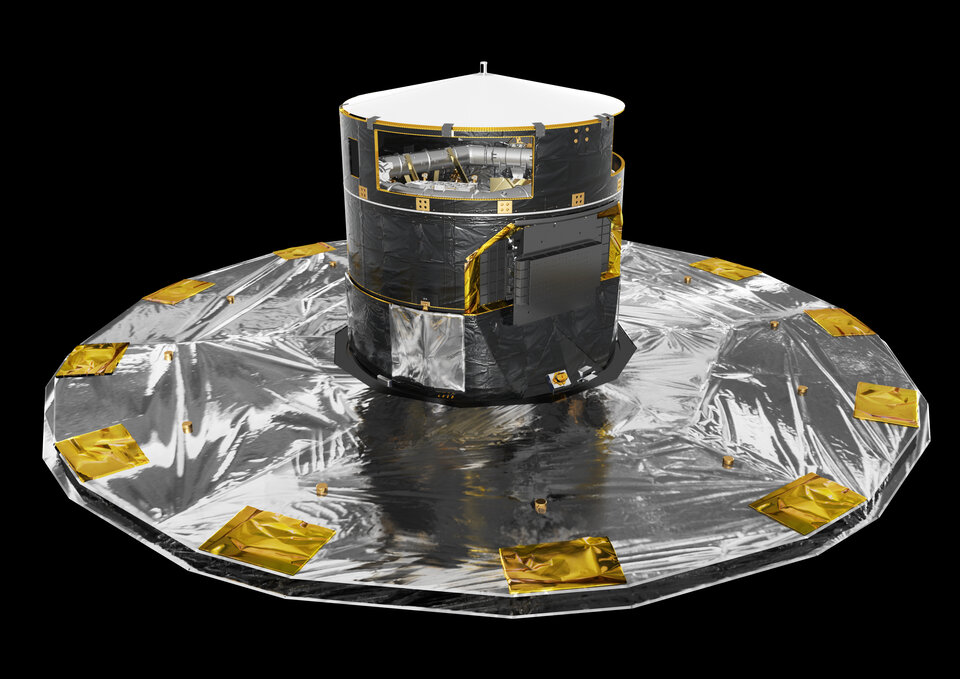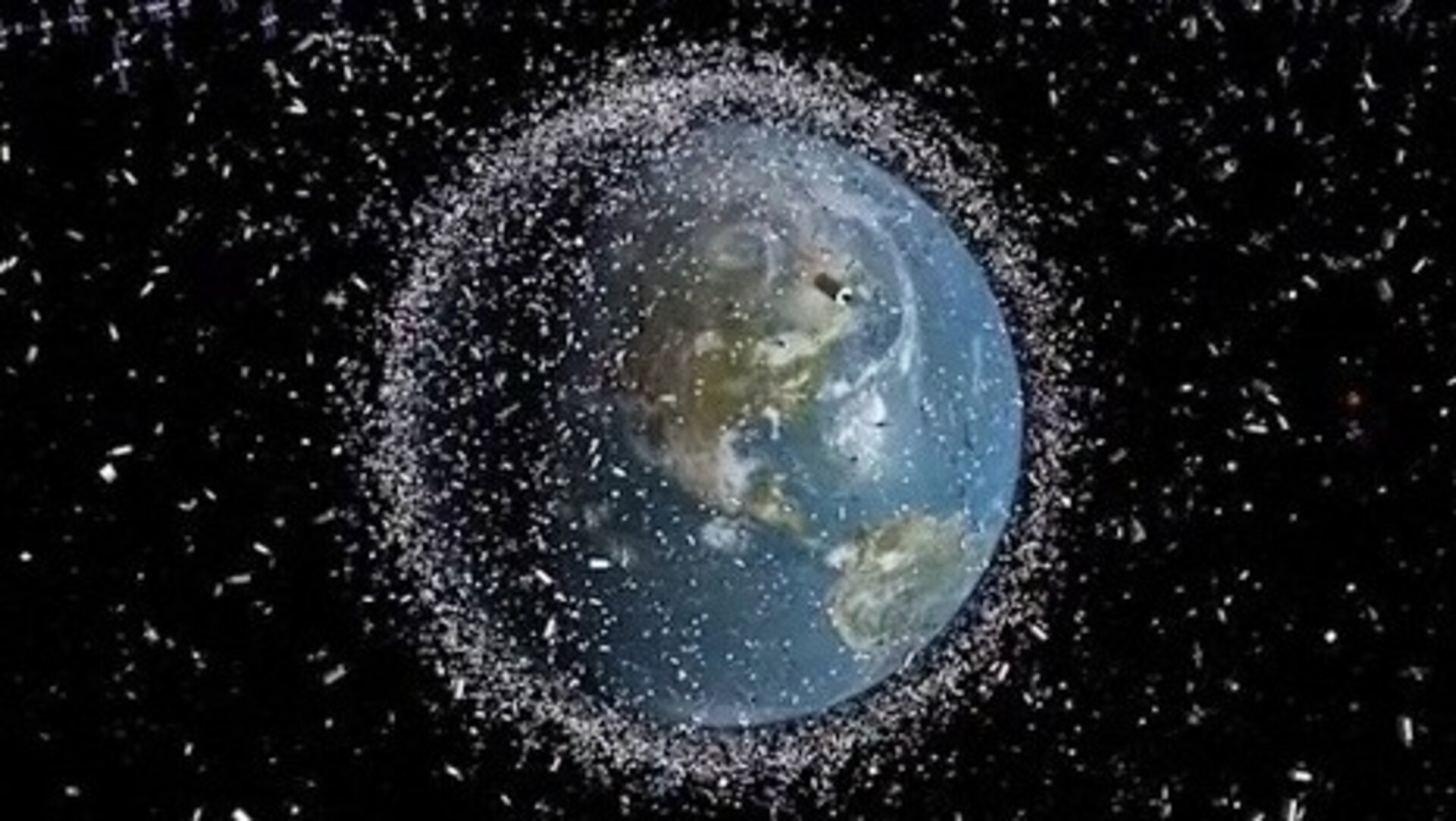End-of-life disposal of satellites
The awareness of the risk of the accumulation of man-made objects became significant in the late 1970s and since then, a number of space debris mitigation guidelines have been published by various organizations.
The general aim of these guidelines is to reduce the growth of space debris by ensuring that space systems are designed, operated, and disposed of in a manner that prevents them from generating debris throughout their orbital lifetime and assures sustainable space utilization.
In particular, two protected zones have been defined for the low-earth orbit (LEO) and geostationary earth orbit (GEO) regions. The fulfillment of such requirements must be accounted for in the management of current and future Lagrangian Points Orbit (LPO) and Highly Elliptical Orbit (HEO) missions.
For spacecraft in these orbital regimes interferences with the LEO and GEO protected regions may occur, as well as reentries in Earth's atmosphere with large casualty possibilities. There is also a large potential risk of collision with other spacecraft in the MEO (Medium Earth Orbit), HEO and LPO regions.
Two studies led by the University of Southampton and Dinamica Srl. were therefore conducted with the main objective of defining mitigation recommendations for LPO and HEO missions, and to formulate feasible and optimal disposal strategies, possibly including different options for each class or subclass of missions.
To achieve the above mentioned goals, a range of activities was carried out, such as the identification and analysis of current and planned LPO and HEO missions, the investigation of mitigation strategies, the pinpointing of a variety of feasible disposal options and the definition of a framework for their validation and ranking.
In this study three different disposal concepts were defined and studied:
- Lunar impact
- Earth reentry
- Graveyard orbits

For the lunar impact and Earth reentry options, controlled, semi-controlled and uncontrolled strategies were considered, depending on the specific mitigation requirements.
For the third option both geocentric and heliocentric graveyard orbits were considered. Solutions for LPO missions were obtained for all these options. Specific two-steps approaches were developed for the lunar impact and the Earth reentry.
Preliminary feasible trajectories were computed via generic algorithms, and in a second step a local constrained optimization was used to ensure the compliance with technical and sustainability constraints.

For the heliocentric graveyard option, two different approaches were proposed. The first was a simple fully-numerical method, whereas the second comprised a more refined scheme based on energetic considerations, to confine the spacecraft motion in a region beyond Earth's orbit. Solutions compatible with the mission constraints were found for both the SOHO and GAIA spacecraft.
One of the ultimate goals of the present study was to assess the need for new protected regions for LPO and HEO missions and to identify possible new requirements for their disposal. However, the low spatial density and the 'self-cleaning' behaviour of these orbits make the definition of protected region unnecessary. Nonetheless, disposal is required for LPO and HEO spacecraft and potential new requirements could be considered for the disposal in graveyard orbits.




